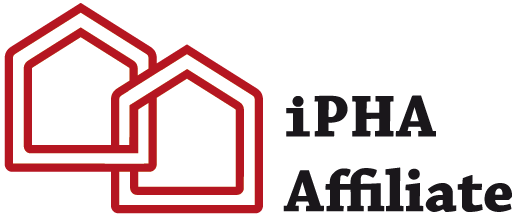PHINZ and Sustainable Engineering Ltd are well on the way to completion of the High-Performance Construction Details Handbook. (Download a technical draft of the handbook here. 02.06.21 The draft is no longer available as the handbook will be published soon.) Funded by The Building Research Levy, PHINZ and Sustainable Engineering, the handbook will be a valuable resource for design and construction professionals, providing practical tools to exceed Building Code thermal performance minimums. It will also provide consenting officials with a reference when presented with high-performance Alternative Solutions.

This month’s Build Magazine features an article by Jason Quinn of Sustainable Engineering and Elrond Burrell, chair of PHINZ, outlining the need for such guidance, details about the handbook, and its future uses including supporting and informing MBIE’s Building for Climate Change Programme and Building Code improvements. The article is online here: High-performance details | BRANZ Build (buildmagazine.org.nz) and you can download a PDF of it from here.
The Handbook is also featured in a second Build Magazine article, this one focusing on walls: High-performance domestic walls | BRANZ Build (buildmagazine.org.nz)




